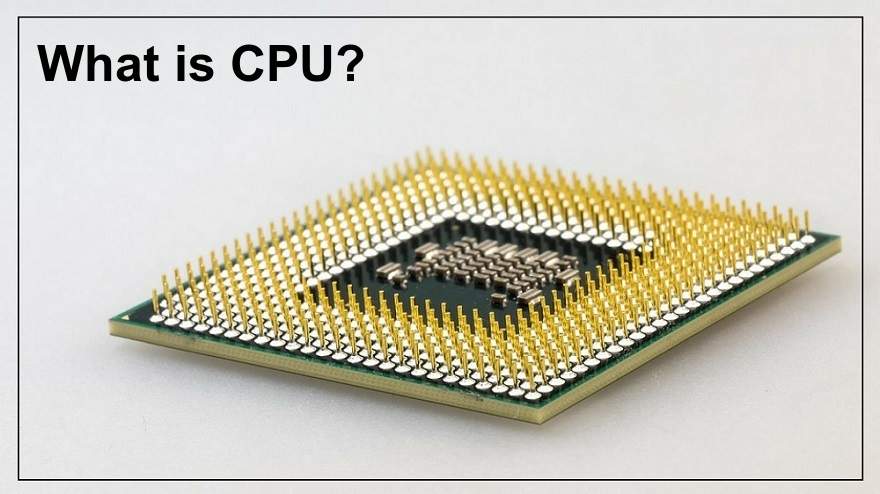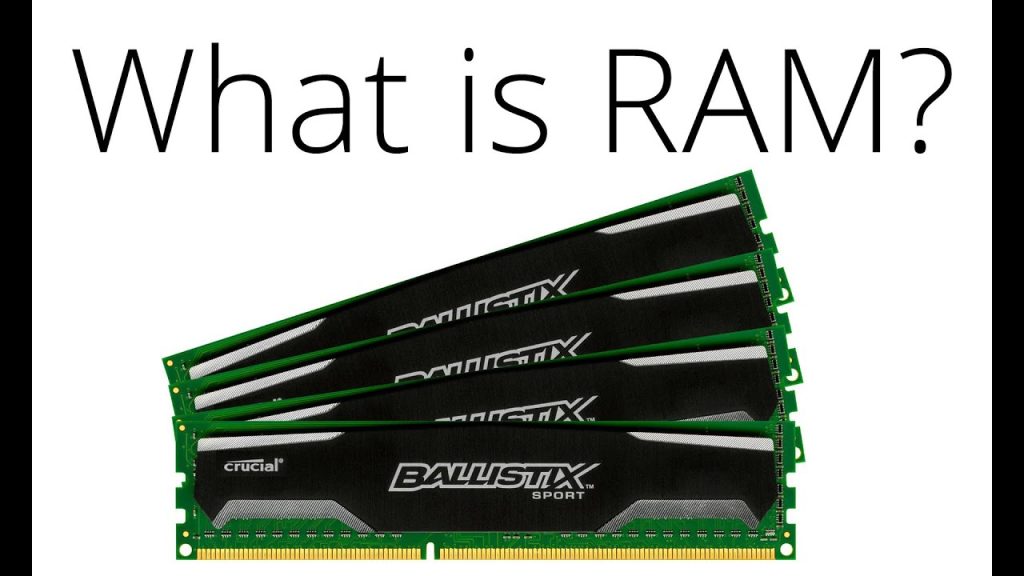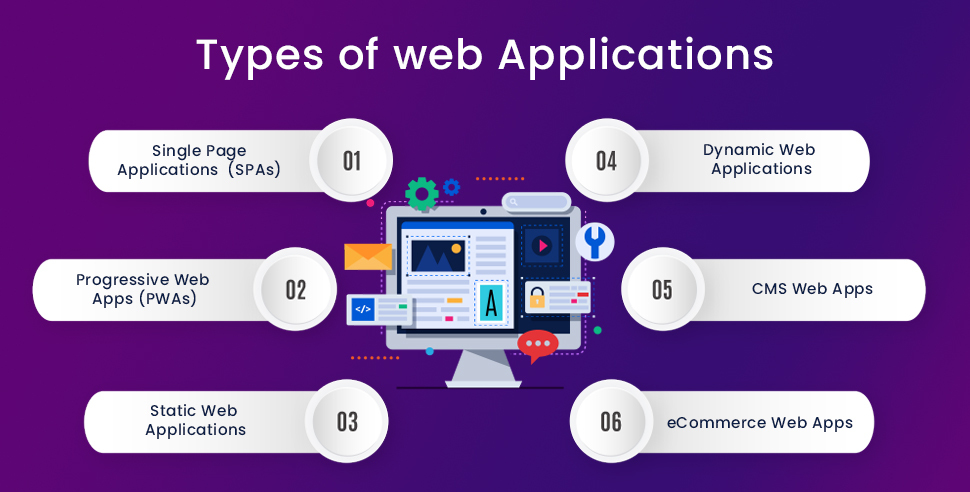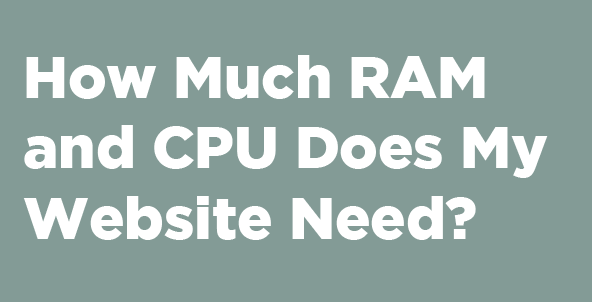Choosing the right CPU and RAM for your web hosting VPS (Virtual Private Server) is crucial to ensure optimal performance, scalability, and cost-efficiency for your website or application. The CPU (Central Processing Unit) and RAM (Random Access Memory) are the backbone of your server, directly influencing its speed, capacity to handle traffic, and overall reliability. This comprehensive guide will walk you through the key considerations and best practices for selecting the appropriate CPU and RAM for your VPS, helping you make an informed decision tailored to your specific needs.
Table of Contents
Understanding the Basics: CPU and RAM
Before diving into the selection process, it’s essential to understand what CPU and RAM are and how they impact your VPS performance.
CPU (Central Processing Unit)

The CPU is the brain of your server, responsible for executing instructions from programs and applications. It processes data and performs computations, directly affecting the server’s speed and efficiency. Key attributes include:
- Clock Speed: Measured in gigahertz (GHz), it indicates how many cycles per second the CPU can execute. Higher clock speeds generally mean faster processing.
- Cores: A CPU can have multiple cores, each capable of processing tasks independently. More cores enable better multitasking and parallel processing.
- Threads: Threads are the smallest unit of processing, and modern CPUs can handle multiple threads per core. More threads can enhance performance, especially for multi-threaded applications.
RAM (Random Access Memory)

It is the server’s short-term memory, storing data that the CPU needs quick access to. It plays a critical role in the server’s ability to run multiple applications simultaneously and handle high traffic loads. Key attributes of RAM include:
- Capacity: Measured in gigabytes (GB), it determines how much data can be stored for quick access. More RAM allows for better multitasking and handling of larger datasets.
- Speed: Measured in megahertz (MHz), it indicates how quickly data can be read from or written to the RAM. Higher speeds can improve performance, especially in data-intensive applications.
- Latency: This refers to the delay before the RAM can start reading or writing data. Lower latency means faster performance.
Assessing Your Needs
To select the right CPU and RAM for your VPS, you need to assess your specific requirements based on the nature of your website or application. Consider the following factors:
Type of Website/Application
Different types of websites and applications have varying resource requirements:

- Static Websites: These require minimal CPU and RAM since they mainly serve static HTML files. A basic configuration with a single core CPU and 1-2 GB of RAM might suffice.
- Dynamic Websites: Websites with dynamic content (e.g., blogs, e-commerce sites) require more resources to handle database queries and dynamic page generation. A multi-core CPU and at least 4 GB of RAM are recommended.
- Content Management Systems (CMS): Platforms like WordPress, Joomla, and Drupal are resource-intensive. Depending on the traffic and plugins used, you might need a multi-core CPU and 8 GB or more of RAM.
- Web Applications: Applications with complex functionalities (e.g., social media platforms, SaaS) demand high CPU and RAM to handle user interactions and background processes. Consider a multi-core CPU with at least 8-16 GB of RAM.
- High Traffic Websites: Sites with high traffic volumes require more CPU and RAM to manage concurrent users and maintain performance. Load balancing and scaling solutions might also be necessary.
Traffic Volume
Understanding your expected traffic volume is crucial for determining resource requirements:
- Low Traffic: For sites with low traffic (a few hundred visitors per day), a basic configuration with 1-2 CPU cores and 2-4 GB of RAM should be sufficient.
- Moderate Traffic: For sites with moderate traffic (thousands of visitors per day), consider 2-4 CPU cores and 4-8 GB of RAM.
- High Traffic: For high traffic sites (tens of thousands of visitors per day), you may need 4-8 CPU cores and 8-16 GB of RAM.
- Very High Traffic: For very high traffic sites (hundreds of thousands of visitors per day), a robust setup with 8 or more CPU cores and 16 GB or more of RAM is recommended, along with additional scaling solutions.
Resource-Intensive Tasks
If your website or application involves resource-intensive tasks such as video processing, data analytics, or machine learning, you will need higher CPU and RAM configurations. Assess the specific requirements of these tasks and plan accordingly.
Evaluating CPU Options
When selecting a CPU for your VPS, consider the following aspects:
Single-Core vs. Multi-Core

Multi-core CPUs are generally more efficient for handling multiple tasks simultaneously. For most web hosting scenarios, a multi-core CPU is preferable, especially for dynamic websites and web applications. Single-core CPUs might suffice for simple, static websites with low traffic.
Clock Speed
While higher clock speeds can improve performance, they are not the only factor to consider. Balance clock speed with the number of cores to achieve the best performance for your specific use case.
Virtualization Technology
Modern CPUs come with virtualization support (e.g., Intel VT-x, AMD-V), which enhances the performance and efficiency of virtualized environments. Ensure that the CPU you choose supports these technologies.
CPU Generation
Newer CPU generations typically offer better performance and energy efficiency. Consider opting for the latest generation CPUs to benefit from improved technology and features.
Evaluating RAM Options
When selecting RAM for your VPS, consider the following aspects:
Capacity
Assess your needs based on the type of website/application and expected traffic. It’s better to have more RAM than less, as insufficient RAM can lead to performance bottlenecks and crashes.
Speed
Higher RAM speeds can improve performance, especially for data-intensive tasks. However, ensure that your CPU and motherboard support the chosen RAM speed.
Scalability
Choose a VPS provider that allows for easy RAM upgrades. As your website or application grows, you may need to increase RAM to maintain performance.
Balancing Cost and Performance
While high-performance CPU and RAM configurations are desirable, they come at a higher cost. Striking a balance between cost and performance is crucial:
Start Small, Scale as Needed
If you’re launching a new website or application, start with a basic configuration and scale up as your traffic and resource requirements grow. This approach minimizes initial costs while ensuring you can handle increased demand over time.
Monitor Performance
Regularly monitor your VPS performance using tools like htop, top, or performance monitoring dashboards provided by your hosting provider. Identify bottlenecks and upgrade CPU or RAM as needed.
Optimize Resource Usage
Implement optimization techniques to make the most of your available resources. This includes:
- Caching: Use caching mechanisms (e.g., Varnish, Redis) to reduce server load and speed up content delivery.
- Content Delivery Network (CDN): Distribute content via a CDN to offload traffic and improve performance.
- Database Optimization: Optimize your database queries and indexing to reduce CPU and RAM usage.
- Efficient Coding: Write efficient code to minimize resource consumption and improve performance.
Conclusion
Selecting the right CPU and RAM for your web hosting VPS is a critical decision that impacts your website’s performance, scalability, and cost-efficiency. By understanding the basics of CPU and RAM, assessing your specific needs, and balancing cost and performance, you can make an informed decision that ensures your VPS can handle your website or application’s demands. Start with a configuration that meets your initial requirements, monitor performance regularly, and scale up as needed to maintain optimal performance as your traffic and resource needs grow.
Investing time and effort into choosing the right CPU and RAM configuration will pay off in the long run, providing a reliable and efficient hosting environment for your online presence.



